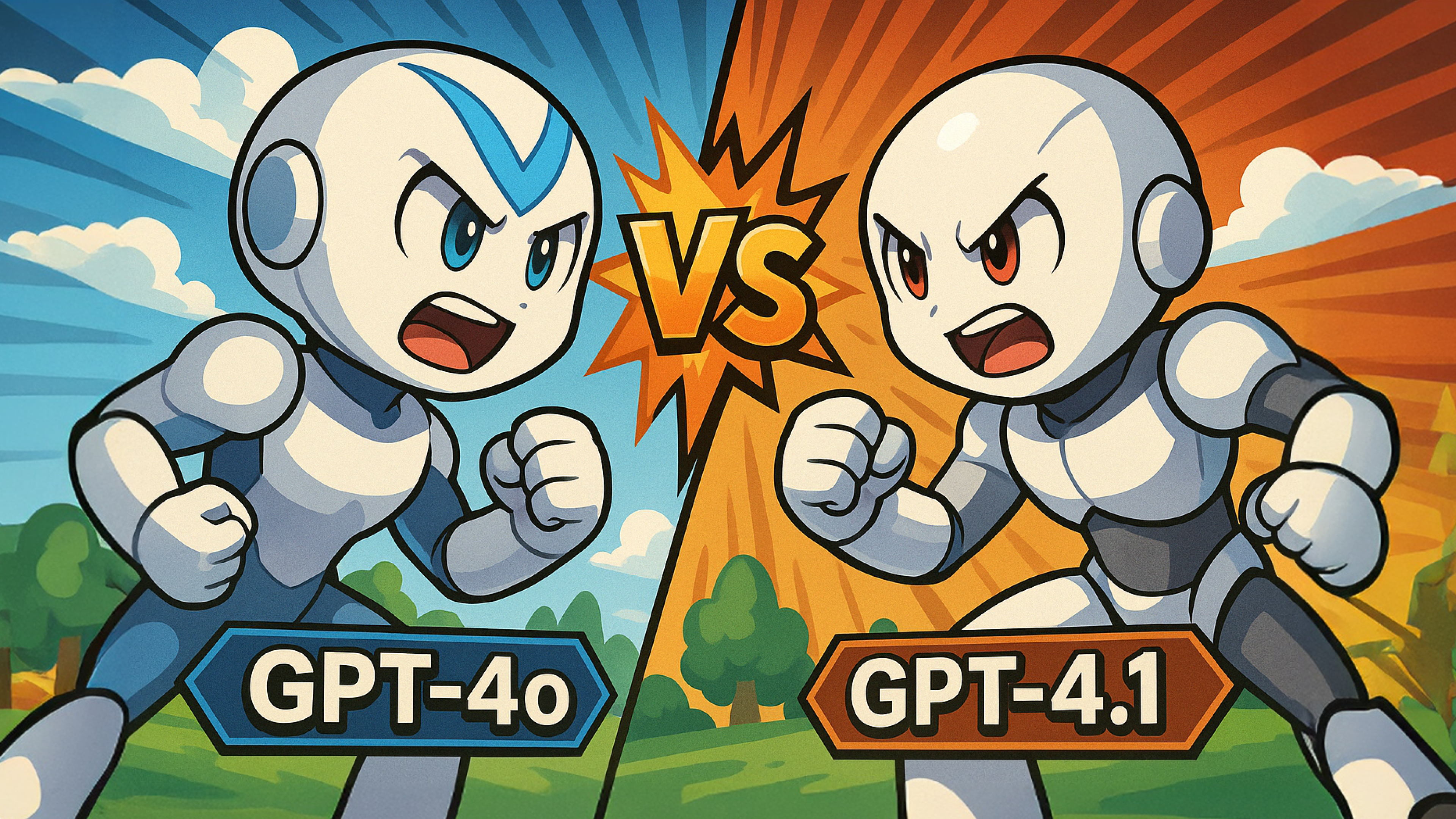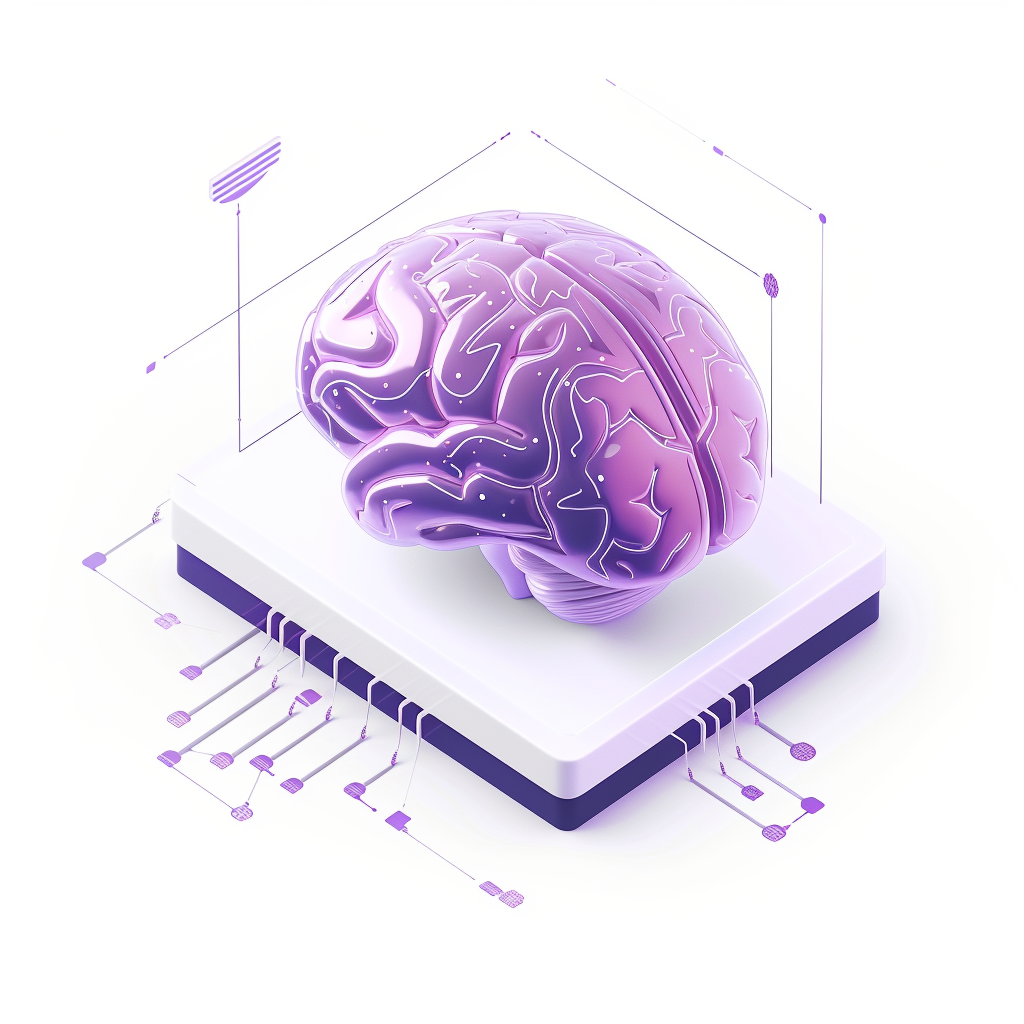OpenAI’s language models have become part of everyday life for millions of people—whether you’re using ChatGPT to get quick answers, brainstorm ideas, or even generate code. With each new version, the models get faster, smarter, and more capable. But with names like GPT-4o and GPT-4.1, it can be hard to know what the differences actually are—and which one is better for you.
GPT-4o, released in 2024, introduced major features like real-time voice conversation, image understanding, and support for free users in ChatGPT. It became the go-to AI for everyday tasks, combining strong reasoning skills with new multimodal abilities. Then in 2025, OpenAI launched GPT-4.1—a model that builds on GPT-4o’s strengths while focusing on speed, precision, and much larger memory for complex tasks. It’s not available directly inside ChatGPT yet, but it’s powering many apps behind the scenes.
In this article, we’ll break down everything you need to know about GPT-4o vs GPT-4.1. We’ll compare their performance, speed, accuracy, availability, and best use cases. Whether you’re a casual user, a student, or someone who just wants to get the most out of AI, this guide will help you understand what each model can do—and which one might be better for your needs.
What Are GPT-4o and GPT-4.1?
GPT-4o (the “o” stands for omni) launched in mid‑2024 as OpenAI’s first truly multimodal model. It can read and write text, understand images, and even chat by voice. OpenAI made GPT-4o widely available through ChatGPT—free users get limited access, while subscribers enjoy higher usage quotas and priority.
GPT-4.1 arrived in early 2025 as the next evolution in the GPT‑4 family. Unlike GPT-4o, it’s initially offered only to developers through the OpenAI API. GPT-4.1 focuses on technical refinements—faster responses, stronger coding skills, and a massive boost in how much content it can handle in one go. While GPT-4.1 matches or exceeds GPT-4o’s core abilities, it’s not yet a selectable option in the ChatGPT app. Instead, it powers apps and services built on the API.
Availability and Access
One of the biggest differences for general users is availability. GPT-4o is built into ChatGPT. You open the app or website, choose the GPT‑4 profile, and you’re chatting with GPT-4o. No API keys or coding required. If you’re on the free tier, you have a daily cap; if you subscribe to ChatGPT Plus, your limit rises and you get faster responses.
GPT-4.1, by contrast, is an API‑only model at launch. To use it, you need to sign up for an OpenAI developer account, get an API key, and pay based on how many tokens you send or receive. That makes GPT-4.1 accessible to developers and businesses who build custom apps, but not directly to casual ChatGPT users—at least not until those apps integrate GPT-4.1 under the hood.
Speed and Performance
If you’ve ever felt a few seconds’ wait while GPT-4o thought through a response, you’re not alone. GPT-4o is powerful, but its priority is quality of answer, not raw speed. In practice, it can take anywhere from 5–15 seconds to answer a complex prompt, depending on server load.
GPT-4.1 was optimized for speed. Benchmarks show it’s about 40% faster than GPT-4o at generating replies. That means the same question that took GPT-4o 10 seconds might take GPT-4.1 just six. For anyone who values a snappier chat experience—especially in apps where every second counts—GPT-4.1’s speed boost is a clear win.
There are also “mini” and “nano” variants of GPT-4.1, which trade a bit of raw power for even lower latency. These lighter versions can be ideal for mobile apps or high‑volume services where milliseconds matter.
Accuracy and Reliability
Both GPT-4o and GPT-4.1 are top‑tier when it comes to understanding language and reasoning through complex questions. That said, GPT-4.1 brings a few refinements:
- Instruction following: GPT-4.1 sticks closer to exactly what you ask. If you want three bullet points, it gives you three bullet points. GPT-4o sometimes tries to be helpful by adding extra context or commentary unless you explicitly say “only bullets.”
- Coding tasks: GPT-4.1 shines at writing and debugging code. In head‑to‑head tests on programming challenges, GPT-4.1 solves significantly more problems correctly on the first try. It behaves more like an experienced developer, with fewer errors or strange code snippets.
- Hallucinations: Both models can still invent plausible‑sounding but incorrect facts. GPT-4.1, however, is better at identifying when it doesn’t know something and will more often suggest you check a tool or source rather than confidently guess.
In everyday use, these improvements mean fewer follow‑up corrections, fewer “oops” moments, and a higher chance you’ll get exactly what you asked for the first time.
Multimodal Abilities: Vision and Voice
GPT-4o’s big breakthrough was supporting multiple input types. You could upload a photo—say, a chart or a street scene—and GPT-4o would describe or analyze it. You could also speak to it, and it would respond with its own voice. This mash‑up of text, image, and audio in one model was a game‑changer for user experience.
GPT-4.1 retains and refines these multimodal chops, especially for images. In tests on visual reasoning tasks, even GPT-4.1 mini outperformed GPT-4o. If an app feeds GPT-4.1 a picture, it understands details more accurately. On the voice side, GPT-4.1 works with the same speech‑to‑text and text‑to‑speech tools that engineers built around GPT-4o. So while GPT-4.1 didn’t add a flashy new voice feature, it matches or exceeds GPT-4o’s performance when talking or listening.
One unique GPT-4o advantage in ChatGPT: built‑in image generation. As of early 2025, paid users can ask GPT-4o to create pictures directly in the chat, powered by a DALL·E engine. GPT-4.1 doesn’t include that right now—it focuses on understanding images rather than generating them. For users who love whipping up quick sketches or concept art in their conversations, GPT-4o currently has the edge.
Memory and Context Handling
Sometimes you want the AI to remember a long conversation or analyze a massive document in one shot. GPT-4o’s context window is about 128,000 tokens (roughly 100,000 words). That’s equivalent to a full report or a short book, but you can hit the limit if you stack too much text or too many back‑and‑forth turns.
GPT-4.1 blows that out of the water with up to one million tokens of context—about 750,000 words. In real terms, you could upload a multi‑chapter novel and ask questions spanning any part of it, without ever losing earlier details. For most users, this may seem like overkill, but it’s a huge benefit for tasks like summarizing lengthy reports, analyzing legal contracts, or reviewing long meeting transcripts. GPT-4.1 simply won’t forget earlier bits in environments where GPT-4o might.
Use Cases and Examples
Here are some concrete scenarios to illustrate when one model shines over the other:
- Writing and brainstorming: Both handle creative tasks well. GPT-4.1 will follow your format instructions closely, while GPT-4o might embellish more—great if you like a bit of flair.
- Coding and debugging: Go with GPT-4.1. It writes cleaner code, nails edge cases, and needs fewer prompts to finish the job.
- Image interpretation: Both models understand images, but GPT-4.1 has a slight edge in accuracy. However, if you want to generate new images in chat, only GPT-4o offers that today.
- Long‑form analysis: GPT-4.1’s massive memory makes it the clear winner for reviewing big documents or long transcripts in a single pass.
- Voice conversations: Both deliver a smooth talking experience. GPT-4o introduced it; GPT-4.1 matches the quality.
- Casual Q&A and chat: GPT-4o is already excellent and readily available. GPT-4.1 would be marginally faster and more precise, but you’ll only access it via apps built on the API.
Strengths and Weaknesses
| GPT-4o | GPT-4.1 | |
|---|---|---|
| Strengths | – Built-in support in ChatGPT (no setup) – Rich multimodal features (text, image, voice, image generation) – Strong general knowledge and creative flair | – About 40% faster responses – Better at coding and following detailed instructions – Huge context window (up to 1M tokens) – More up-to-date training (through mid-2024) – Slightly fewer hallucinations and more literal output |
| Weaknesses | – Slower response times – Knowledge cutoff in late 2023 (unless you enable browsing) – Message limits for free users – Slightly looser adherence to exact instructions | – API-only at launch (no direct ChatGPT integration yet) – Requires clear, well-specified prompts – No built-in image generation in chat |
Conclusion
GPT-4o and GPT-4.1 represent two steps on the same journey toward smarter, more versatile AI assistants. GPT-4o brought multimodal interaction and broad availability, making advanced AI features accessible to everyone in ChatGPT. GPT-4.1 refines that foundation, delivering faster replies, stronger coding skills, massive memory, and even better accuracy—albeit currently behind the API curtain.
If you’re a casual ChatGPT user today, you’ll continue enjoying GPT-4o’s rich feature set: text chats, image analysis, voice conversations, and even on‑the‑fly image creation. If you’re a developer or power user craving speed and precision, GPT-4.1 is the clear choice when you integrate via API.
Ultimately, both models are extraordinary tools. GPT-4.1 builds on GPT-4o’s strengths and addresses its limitations. As OpenAI blends GPT-4.1’s improvements into consumer products, everyone can look forward to an AI experience that’s quicker, smarter, and more reliable—without you having to lift a finger.







